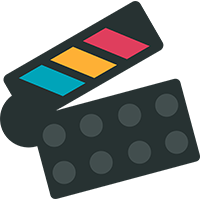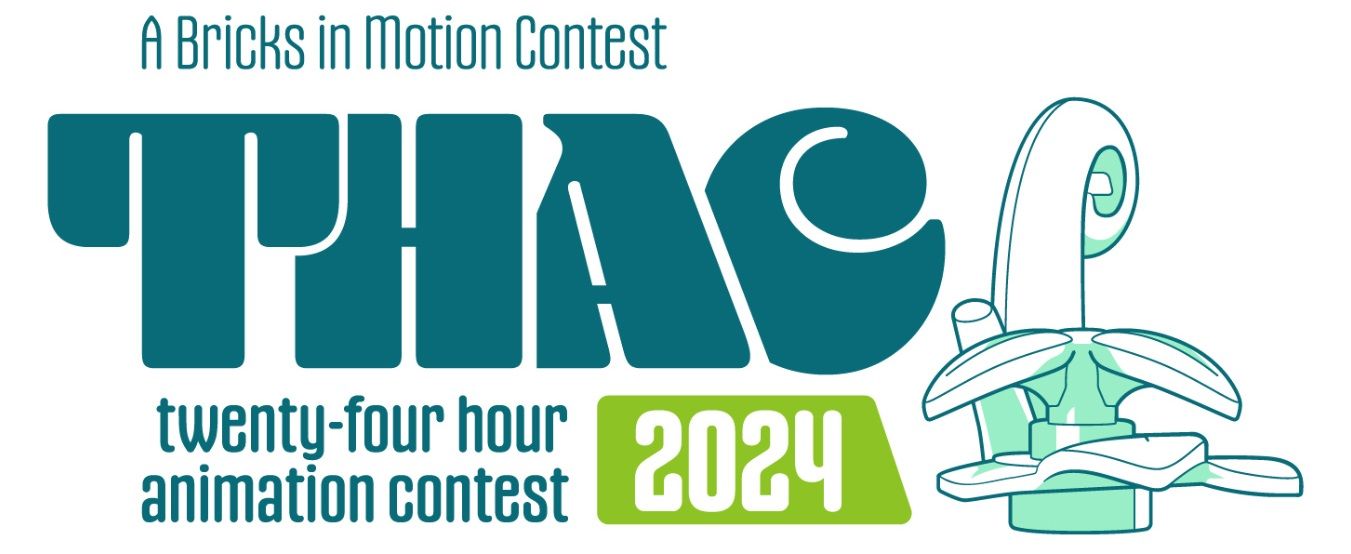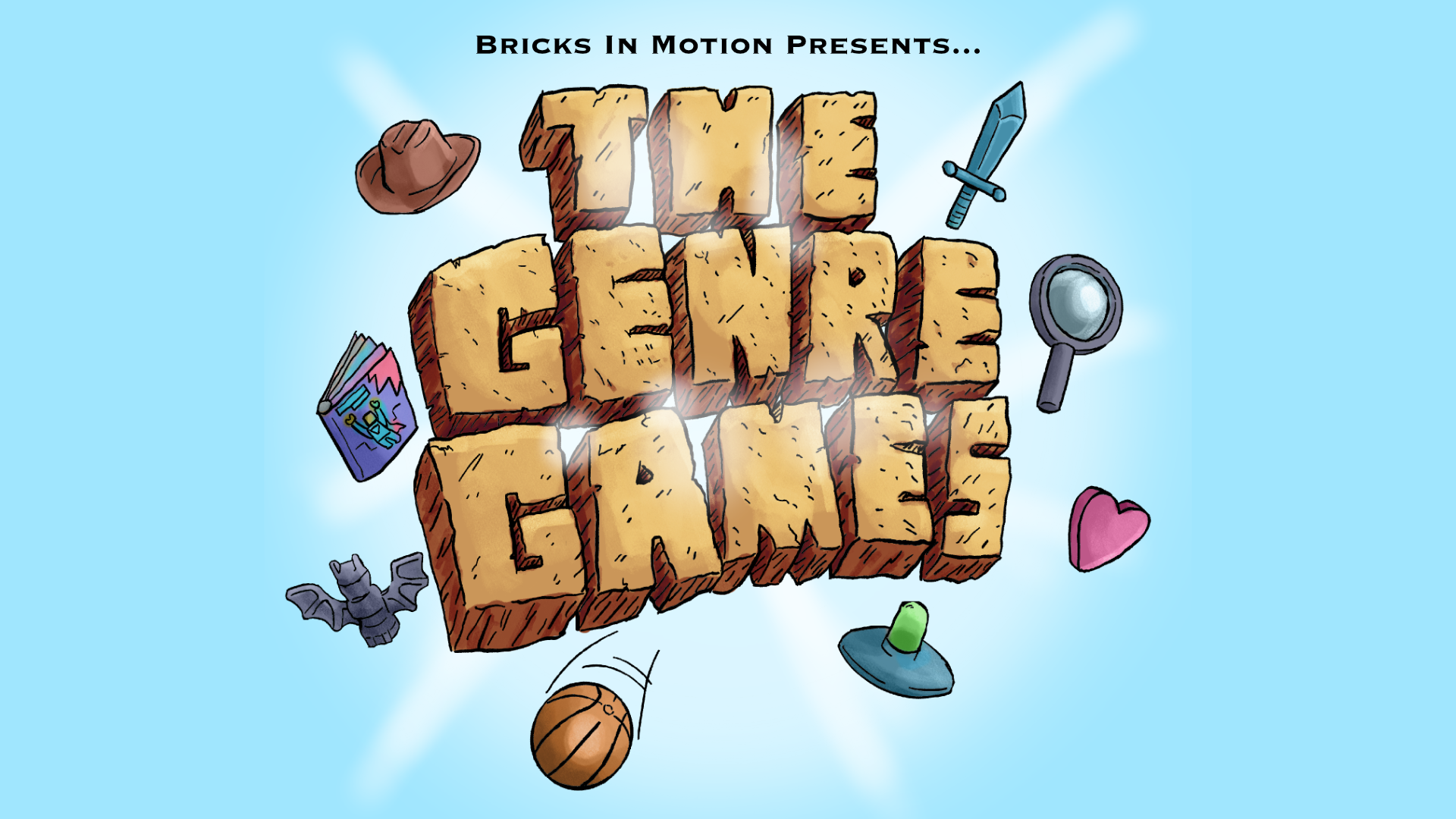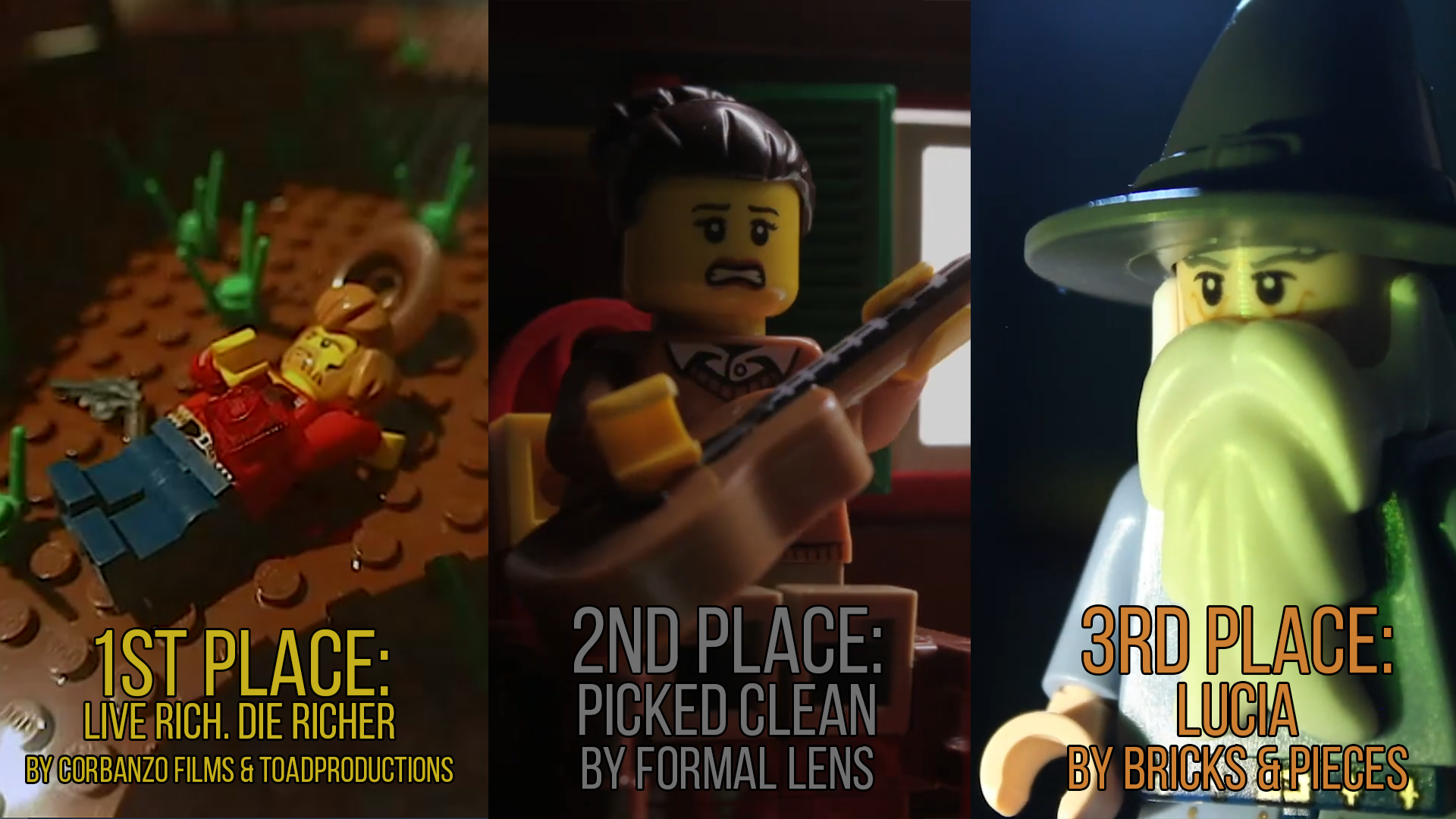When I first started out brickfilming, I often had the "jump in and start shooting" mentality. I did fairly little planning, not even writing out any scripts in some cases if I didn't have any dialogue. I had a pretty good idea of what to do in my mind, and for the most part I managed to make it work out pretty decently.
However, with experience, I've found that doing more intensive pre-production pays off a lot more in the end. Not only do you save a lot of time and effort, the finished film is often of a lot higher quality. By planning ahead, you can calculate the shots and sequences you'll need to animate much more effectively. This also has the advantage of giving you an idea of how long it will take to animate, and saves you time by not having to re-shoot as many shots or scenes. Nowadays, I intensively plan out and storyboard every single shot I plan to make, so I have a list of shots which correspond to sound effects and dialogue, and a rough "comic book" of how they all fit together.
I highly recommend that you try storyboard if you don't already, even if you think you can do everything in your head. Especially if you think you can do it in your head. I used to think this way myself, so I understand the reasons of why one might not want to bother, but believe me when I say that you'll save yourself a lot of effort in the end. The thing is, even if you think you remember everything, you will always forget something and not do it in the right order. Simply drawing and planning out your shots gives you a much greater degree of control over your camera angles, blocking etc., since you're not struggling to remember something or other or not remembering that thing in the right order or having to think about something else or whatever. You can think carefully about each shot and movement, and then position the camera exactly as you please, freeing time to do lighting/animation/tea-drinking instead. It also helps a lot in editing since you already know in advance how the shots fit together, rather than having to depend on your memory and waste time faffing about by shuffling around shots this way and that. This isn't to say that I always rigorously adhere to my storyboards--I often find that that a different angle might look better on-camera and add/remove shots on the fly--but having a basic framework and clear idea of what to do is invaluable when animating.
You don't have to be good at drawing or anything--my own storyboards often look horrendously crude since I'm not great at drawing fast and typically nobody but me needs to see them. Often I just use literal boxes and stick figures to give an idea of how to position my set and camera. As a film-maker, even more so as a stop-motion animator, you're in the unique position to control exactly what your audience sees and hears, and oftentimes you can convey a pivotal moment by a single shot or cut. So it's really important to plan and think about how exactly you want those shots and cuts to fit together. So please, please, storyboard and plan ahead, and your films will definitely benefit from it.
Last edited by Mr Vertigo (August 26, 2016 (10:01am))
Retribution (3rd place in BRAWL 2015)&Smeagol make the most of being surrounded by single, educated women your own age on a regular basis in college
AquaMorph I dunno women are expensive












